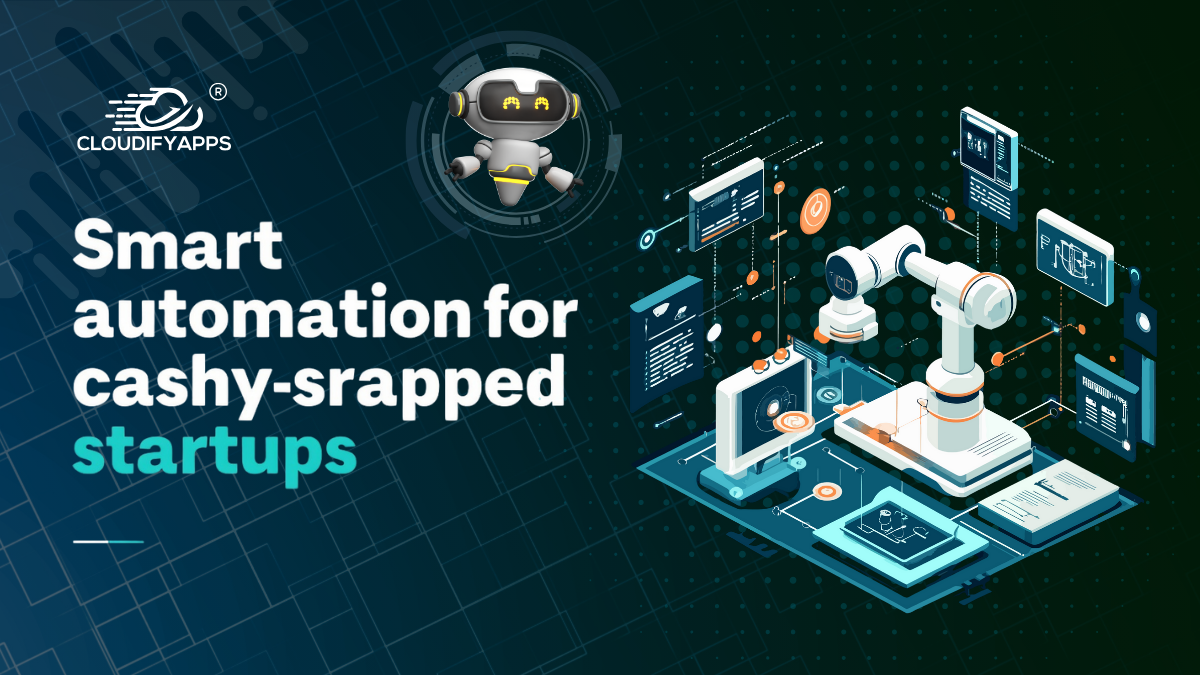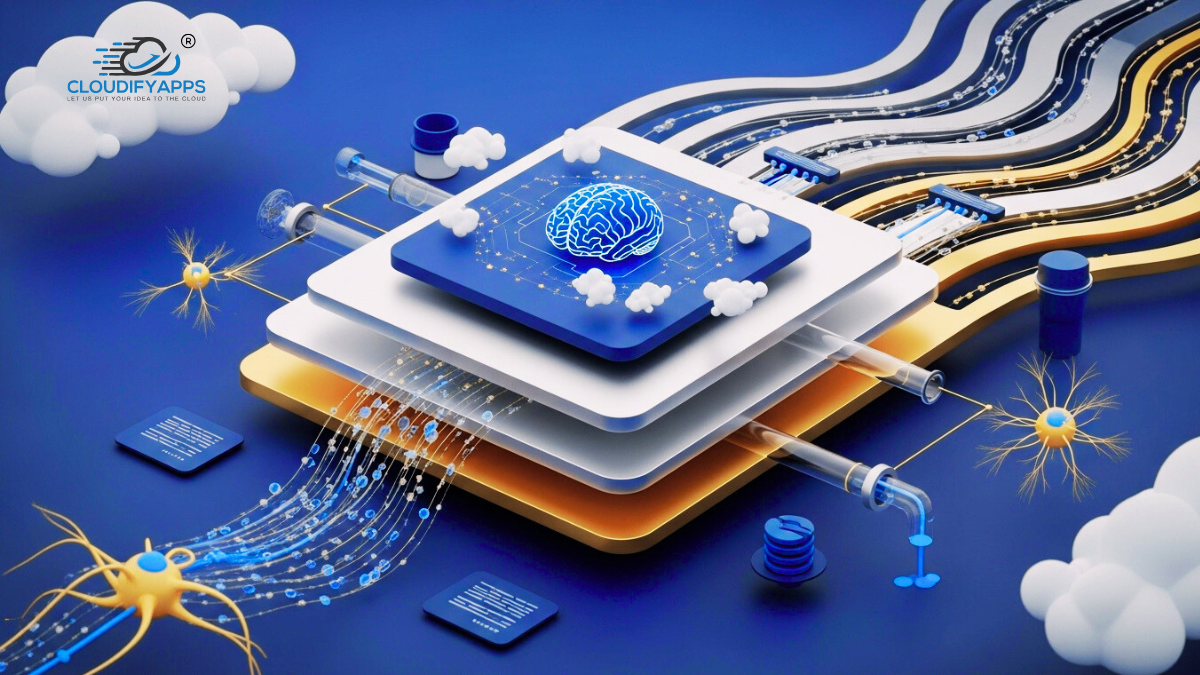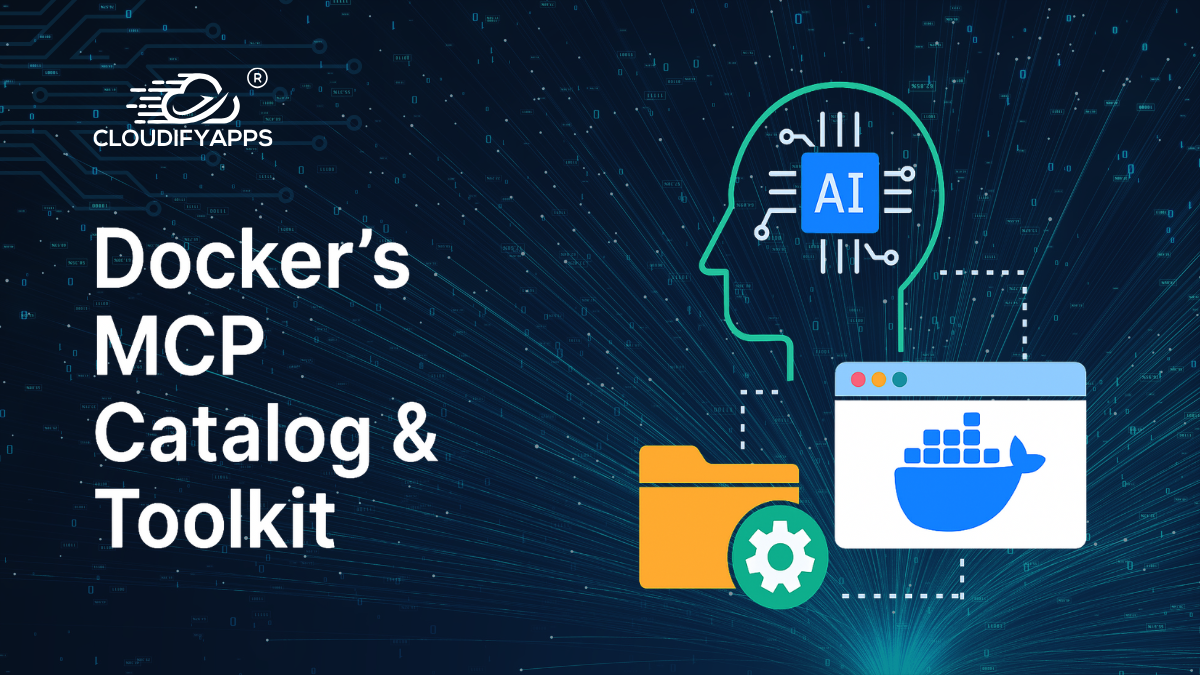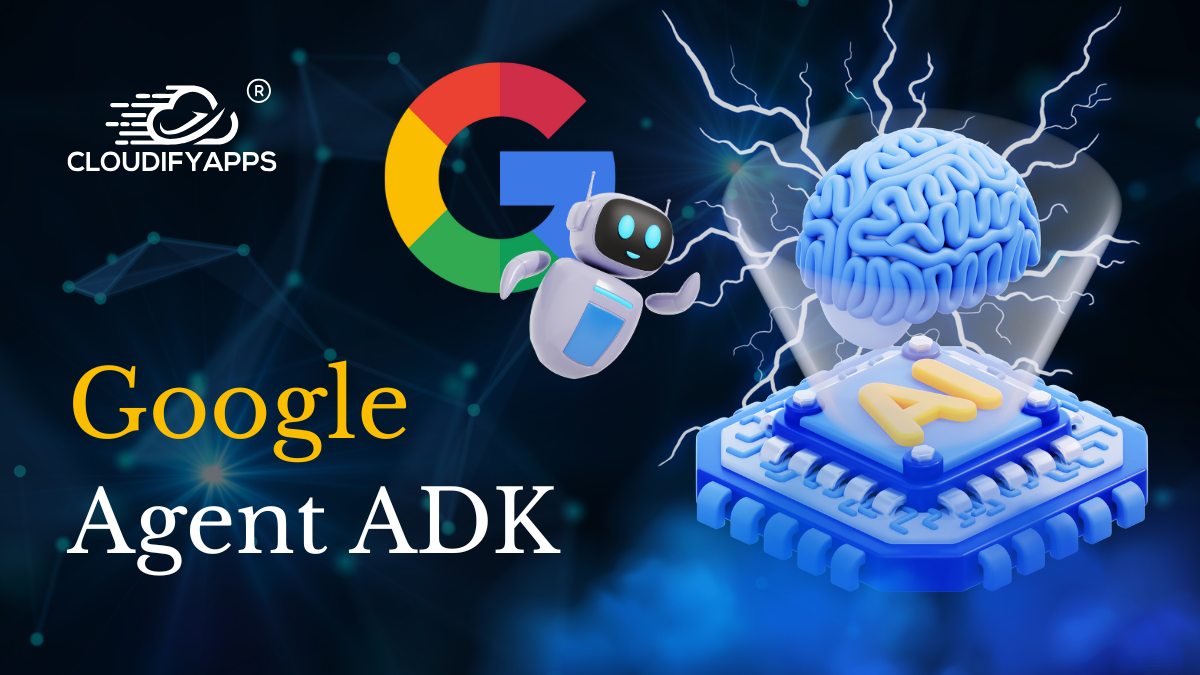
Unlocking GPT-4's Potential: A Comprehensive Guide to Its Enhanced Capabilities and Superiority Over GPT-3
The AI community has witnessed significant advancements in recent years, and the latest offering from OpenAI, GPT-4, has taken the world by storm. Building on the success of its predecessor, GPT-3, this state-of-the-art language model boasts impressive new features and capabilities. In this blog post, we will dive into the world of GPT-4, exploring its innovative features and discussing the advantages it holds over GPT-3.
Enhanced Language Understanding:
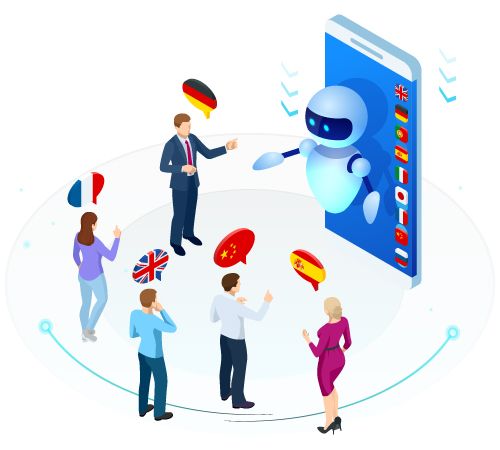
One of the most significant improvements in GPT-4 is its ability to comprehend and generate human-like text. Its advanced architecture has allowed it to better understand context, idiomatic expressions, and even humor. This leads to more accurate, nuanced, and engaging responses, vastly improving the user experience.
Expanded Knowledge Base:
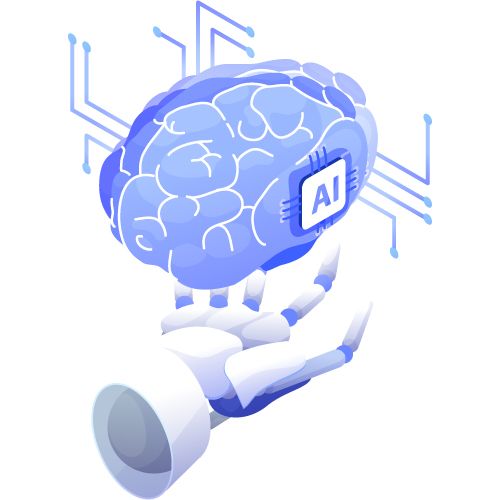
While GPT-3 already had an impressive knowledge base, GPT-4 has taken it to the next level. With a cutoff date in September 2021, GPT-4 can provide up-to-date information on a wide range of topics, helping users stay informed and engaged with the latest developments in their areas of interest.
Improved Multi-tasking Capabilities:

GPT-4 is designed to handle a wider array of tasks compared to GPT-3. This includes tasks such as summarization, translation, question-answering, and more. Its improved ability to switch between tasks and maintain context allows it to deliver more accurate and relevant responses, making it a versatile tool for a variety of applications.
Advanced Fine-tuning Options:
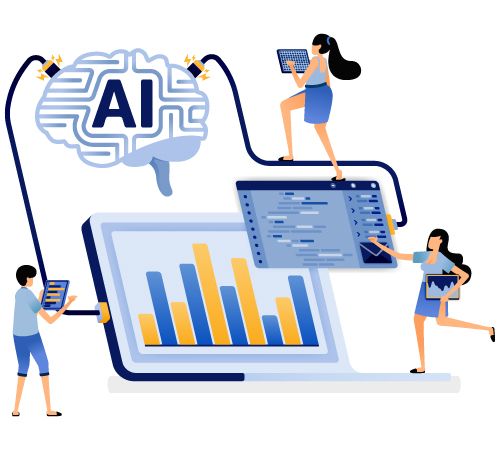
Developers can now fine-tune GPT-4 to meet the specific needs of their projects. This allows for the creation of more targeted, specialized AI models tailored to a particular industry or application. The result is a more efficient and powerful AI tool that can deliver exceptional results in niche areas.
Scalability and Efficiency:
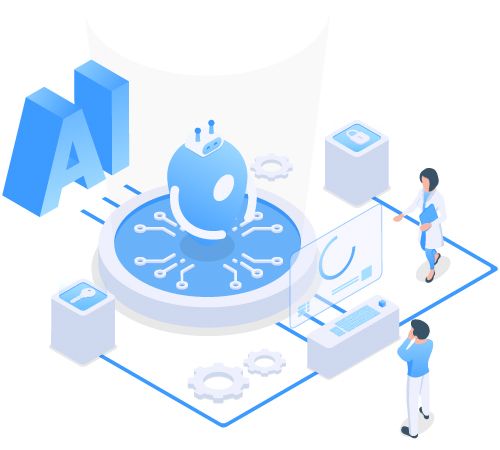
One of the most significant advantages of GPT-4 over GPT-3 is its increased scalability and efficiency. GPT-4 is designed to handle larger datasets and perform more complex tasks with ease. This allows developers to create more powerful applications without the need for expensive computational resources.
Enhanced Safety and Ethical Considerations:

OpenAI has prioritized safety and ethical concerns in the development of GPT-4. By incorporating lessons learned from GPT-3's deployment, the new model aims to reduce the risks associated with AI-generated content. This includes addressing issues such as potential biases, harmful content generation, and user privacy concerns.
Conclusion:
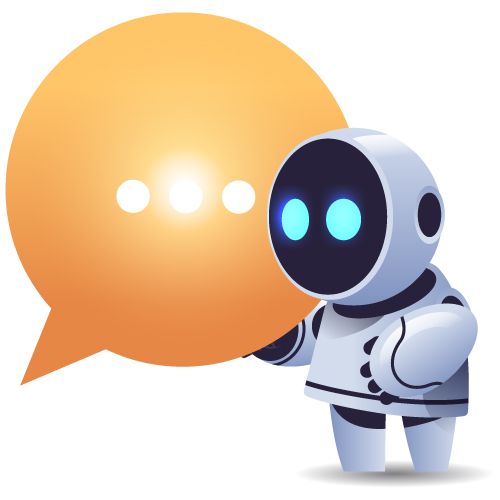
GPT-4 has set a new benchmark in the field of AI-powered language models. Its advanced features and improved capabilities have made it a powerful tool for developers, researchers, and businesses alike. As we continue to explore the potential of this remarkable technology, it's clear that the future of AI-driven language understanding is brighter than ever.
Popular Tags
Recent Posts
Smart automation for cash-strapped startups
The modern data trinity: How medallion architecture, RAG, and data lakes revolutionize enterprise intelligence
Accelerating AI-Driven Development with Docker’s MCP Catalog & Toolkit
Building Intelligent Agent Teams with Google's ADK: A Developer's Guide
We are at




















